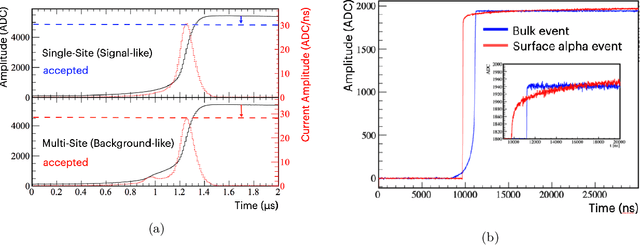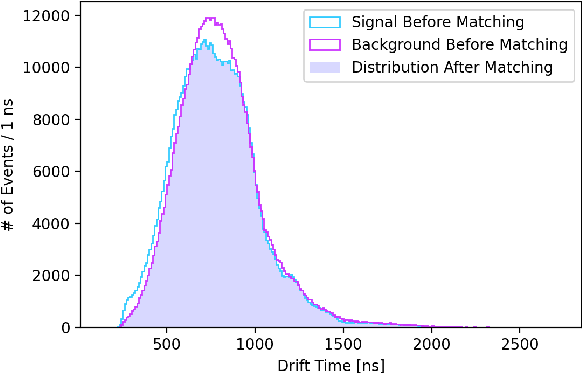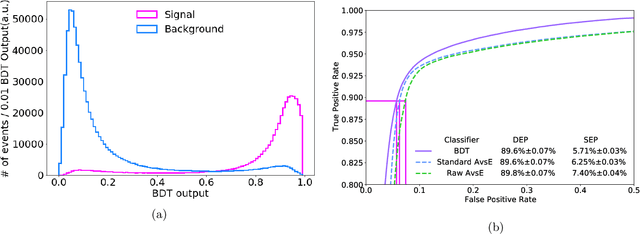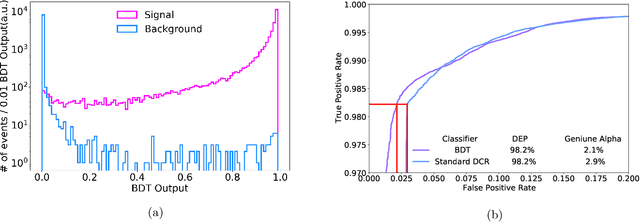K. H. Bhimani
Majorana Demonstrator Data Release for AI/ML Applications
Aug 22, 2023Abstract:The enclosed data release consists of a subset of the calibration data from the Majorana Demonstrator experiment. Each Majorana event is accompanied by raw Germanium detector waveforms, pulse shape discrimination cuts, and calibrated final energies, all shared in an HDF5 file format along with relevant metadata. This release is specifically designed to support the training and testing of Artificial Intelligence (AI) and Machine Learning (ML) algorithms upon our data. This document is structured as follows. Section I provides an overview of the dataset's content and format; Section II outlines the location of this dataset and the method for accessing it; Section III presents the NPML Machine Learning Challenge associated with this dataset; Section IV contains a disclaimer from the Majorana collaboration regarding the use of this dataset; Appendix A contains technical details of this data release. Please direct questions about the material provided within this release to liaobo77@ucsd.edu (A. Li).
Learning Physics from the Machine: An Interpretable Boosted Decision Tree Analysis for the Majorana Demonstrator
Jul 26, 2022



Abstract:The Majorana Demonstrator is a leading experiment searching for neutrinoless double-beta decay with high purity germanium detectors (HPGe). Machine learning provides a new way to maximize the amount of information provided by these detectors, but the data-driven nature makes it less interpretable compared to traditional analysis. An interpretability study reveals the machine's decision-making logic, allowing us to learn from the machine to feedback to the traditional analysis. In this work, we have presented the first machine learning analysis of the data from the Majorana Demonstrator; this is also the first interpretable machine learning analysis of any germanium detector experiment. Two gradient boosted decision tree models are trained to learn from the data, and a game-theory-based model interpretability study is conducted to understand the origin of the classification power. By learning from data, this analysis recognizes the correlations among reconstruction parameters to further enhance the background rejection performance. By learning from the machine, this analysis reveals the importance of new background categories to reciprocally benefit the standard Majorana analysis. This model is highly compatible with next-generation germanium detector experiments like LEGEND since it can be simultaneously trained on a large number of detectors.
 Add to Chrome
Add to Chrome Add to Firefox
Add to Firefox Add to Edge
Add to Edge